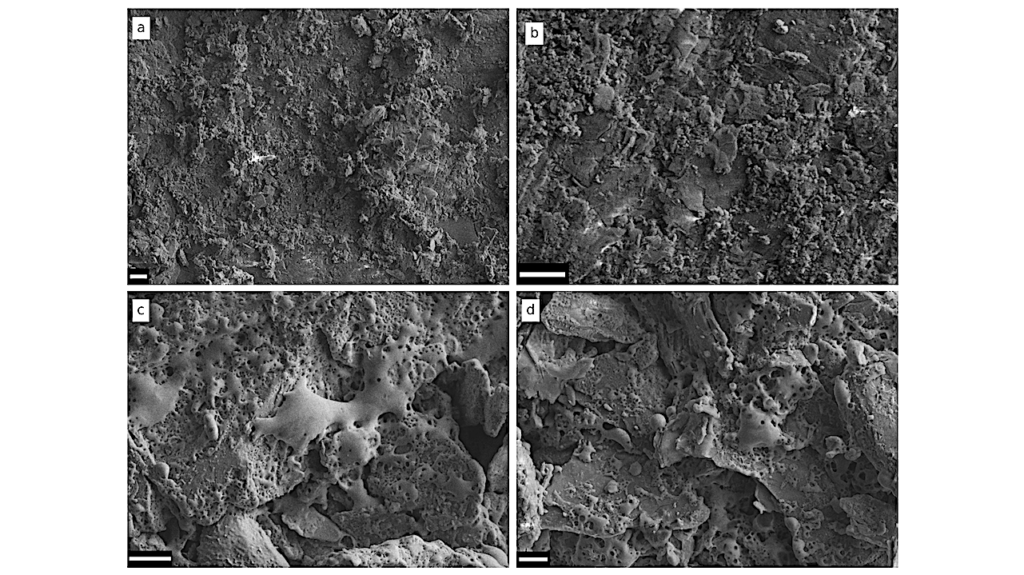First ALMA Maps of HCO, An important Precursor of Complex Organic Molecules, Towards IRAS 16293-2422

The formyl radical HCO has been proposed as the basic precursor of many complex organic molecules such as methanol (CH3OH) or glycolaldehyde (CH2OHCHO).
Using ALMA, we have mapped, for the first time at high angular resolution (∼1′′, ∼140 au), HCO towards the Solar-type protostellar binary IRAS 16293−2422, where numerous complex organic molecules have been previously detected. We also detected several lines of the chemically related species H2CO, CH3OH and CH2OHCHO. The observations revealed compact HCO emission arising from the two protostars. The line profiles also show redshifted absorption produced by foreground material of the circumbinary envelope that is infalling towards the protostars. Additionally, IRAM 30m single-dish data revealed a more extended HCO component arising from the common circumbinary envelope.
The comparison between the observed molecular abundances and our chemical model suggests that whereas the extended HCO from the envelope can be formed via gas-phase reactions during the cold collapse of the natal core, the HCO in the hot corinos surrounding the protostars is predominantly formed by the hydrogenation of CO on the surface of dust grains and subsequent thermal desorption during the protostellar phase. The derived abundance of HCO in the dust grains is high enough to produce efficiently more complex species such as H2CO, CH3OH, and CH2OHCHO by surface chemistry. We found that the main formation route of CH2OHCHO is the reaction between HCO and CH2OH.
V. M. Rivilla, M. T. Beltrán, A. Vasyunin, P. Caselli, S. Viti, F. Fontani, R. Cesaroni
(Submitted on 5 Nov 2018)
Comments: Accepted in Monthly Notices of the Royal Astronomical Society; 19 pages, 12 figures, 7 tables
Subjects: Astrophysics of Galaxies (astro-ph.GA)
Cite as: arXiv:1811.01650 [astro-ph.GA] (or arXiv:1811.01650v1 [astro-ph.GA] for this version)
Submission history
From: Victor Manuel Rivilla
[v1] Mon, 5 Nov 2018 12:54:00 UTC (2,357 KB)
https://arxiv.org/abs/1811.01650
Astrobiology, Astrochemistry








